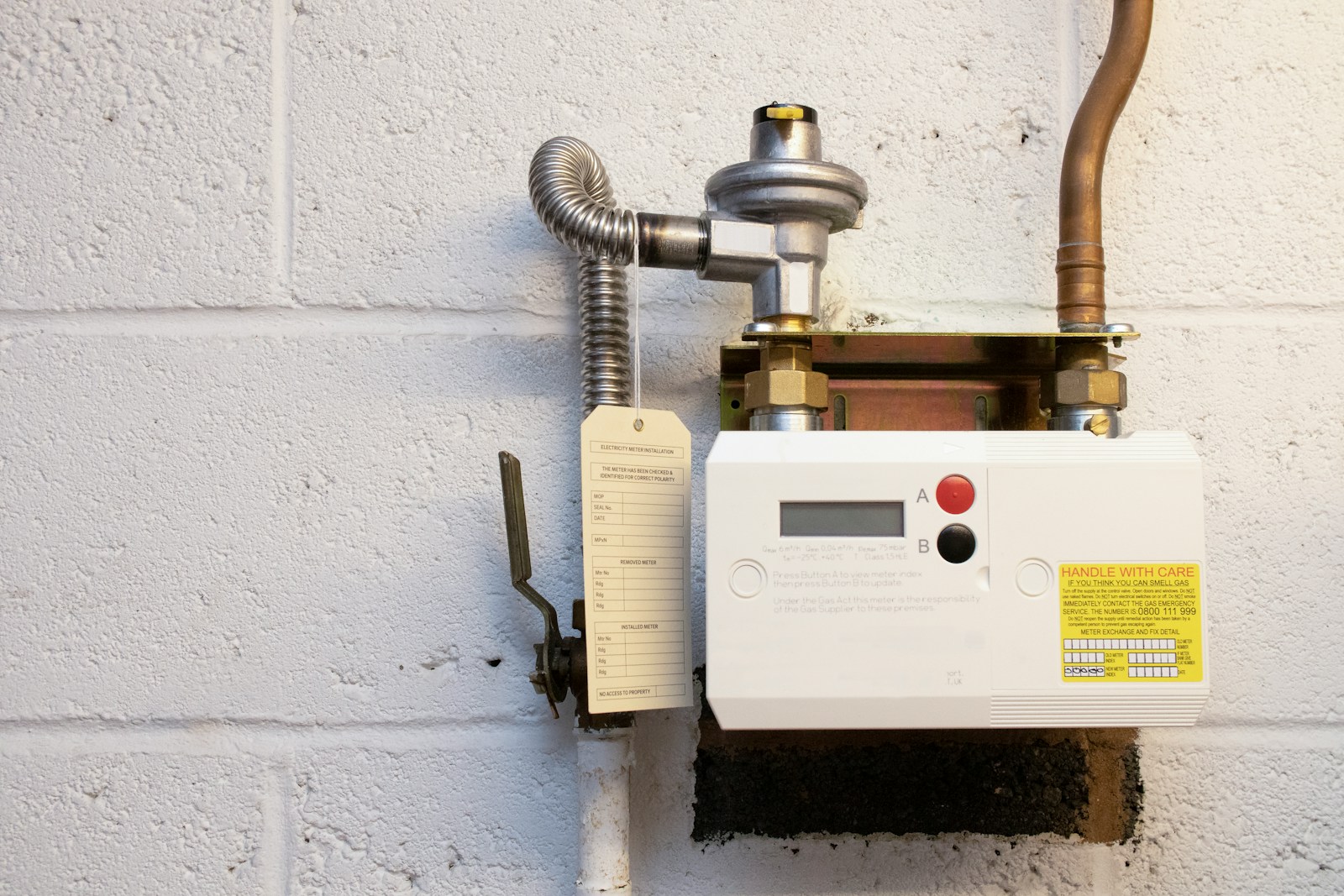70% of low income households set to see bills increase above average live in poorly insulated homes.
Britain’s energy regulator has confirmed that from today, Tuesday 1st April, domestic gas and electricity pricing will increase to £1,849 per year.
An annual rise of £111, this comes as new research shows 10,000 low income areas will endure higher than average bills as a result. Of these, 70% of homes were found to have poor quality insulation, creating what has been described as ‘energy crisis hotspots’.
Friends of the Earth was behind the study, which looked at 9,543 neighbourhoods – more than half of those considered to be low income – where energy bills are now expected to exceed the £1,849 per year.
654 of these areas are now likely to see electricity and gas payments rise to more than 20% over the new average. The vast majority of households in these locations live in buildings with energy efficiency ratings below EPC C.
Nationally, Barking & Dagenham was found to be the local authority with the highest proportion of energy crisis hotspots. You can find resource which ranks councils in terms of hotspots here.
Professor Sir Michael Marmot, an expert on public health inequalities, is now calling for at least £60billion to be invested in fuel equality over the next decade. According to his calculations, this would be recouped over the same period of time with reductions on healthcare spend and improved workplace productivity.
‘It may no longer be hitting the headlines but the energy crisis, driven by the nation’s continued dependency on fossil fuels, has certainly not gone away – especially for the millions of people on low incomes left shivering in winter in poorly insulated homes,’ said Mike Childs, Friends of the Earth’s Head of Policy, Science and Research.
‘It would be extremely short-sighted and damaging for the Chancellor to cut funding for the Warm Homes Plan in her June Spending Review, especially as cold homes cause illnesses that increase the burden on the NHS and keep people out of work,’ he continued. ‘Maintaining the Warm Homes budget would boost the economy, cut emissions and deliver Labour’s manifesto pledge to improve the lives of some of the poorest in society.’
A previous Friends of the Earth report from last month showed Britons overwhelmingly supported government assistance to ‘insulate’ the most vulnerable from the financial impact of net zero transition.
Image: iMattSmart / Unsplash
More on energy:

















